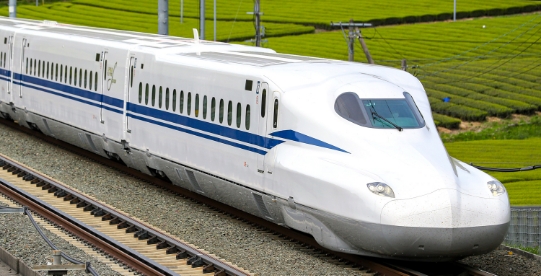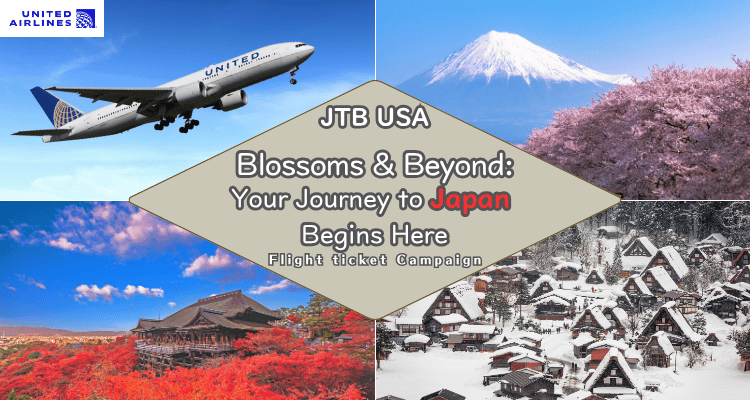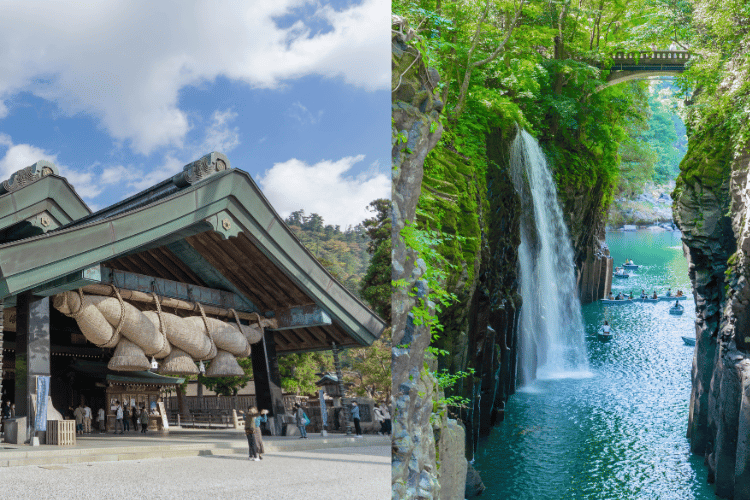What Makes Koyasan Special?
UNESCO World Heritage Site: Part of the “Sacred Sites and Pilgrimage Routes in the Kii Mountain Range.
Okunoin Cemetery: Japan’s largest and most atmospheric cemetery, where Kūkai is believed to rest in eternal meditation.
Temple Lodging (Shukubo): Stay in a working temple, eat traditional vegetarian meals (shōjin ryōri), and join morning prayers.
Danjo Garan: A central temple complex with striking pagodas and halls, symbolizing the cosmic mandala of Shingon Buddhism.
Staying in a Temple (Shukubo Experience)
One of the highlights of visiting Koyasan is staying overnight in a temple. Here’s what to expect:
- Tatami rooms with futons
- Shojin ryori: beautifully prepared Buddhist vegetarian meals
- Morning meditation and chanting with monks
- Onsen-style baths (shared, gender-separated)
- It’s a rare chance to experience monastic life—without becoming a monk.
How to Get There
Koyasan is remote, but accessible:
From Osaka (Namba Station), take the Nankai Koya Line to Gokurakubashi Station, then transfer to a cable car up the mountain.
From there, a local bus takes you into the temple town.
JR Pass is not valid on the Nankai Line, but the Koyasan World Heritage Ticket offers good value.
What to Do in Koyasan
- Walk through Okunoin at dusk—a mystical experience among moss-covered gravestones and lanterns
- Visit Kongobu-ji, the head temple of Shingon Buddhism
- Explore the Reihōkan Museum, which houses Buddhist art and artifacts
- Join a meditation or sutra-copying session offered by some temples
Tips for Visitors
- Dress modestly and respectfully—this is an active religious site
- Be quiet and mindful, especially in cemeteries and during ceremonies
- Bring cash—many temples and shops don’t accept credit cards
- Book temple stays in advance, especially during autumn foliage season
Takeaway
Koyasan isn’t just a place—it’s a state of mind. Whether you’re seeking spiritual insight, cultural immersion, or just a break from the modern world, this sacred mountain offers a rare chance to slow down and reconnect—with nature, with tradition, and perhaps with yourself.
FAQ
Do I need to book temple lodging (shukubo) in advance?
Yes. Temple stays are popular, especially during autumn foliage season and weekends. Advance booking is highly recommended. Many temples can be reserved through English-friendly platforms like Booking.com or Japanese Guest Houses.
Is English spoken at Koyasan?
Some temples and tourist facilities offer basic English support, but not all staff are fluent. Having a translation app or learning a few simple Japanese phrases can be very helpful.
Is the temple food vegetarian-friendly?
Absolutely. Temple meals are shōjin ryōri, a traditional Buddhist vegetarian cuisine that excludes meat, fish, and dairy. It’s suitable for vegetarians and often for vegans as well.
Can I use credit cards at Koyasan?
Some temples and shops accept credit cards, but many still operate on a cash-only basis. It’s best to bring enough Japanese yen before arriving, as ATMs may be limited.
Can I visit Koyasan in winter?
Yes, Koyasan is open year-round. Winter brings snow and a serene atmosphere, but temperatures can be very cold. Dress warmly and check transportation schedules, as weather may affect access.











.png)

.jpg)









